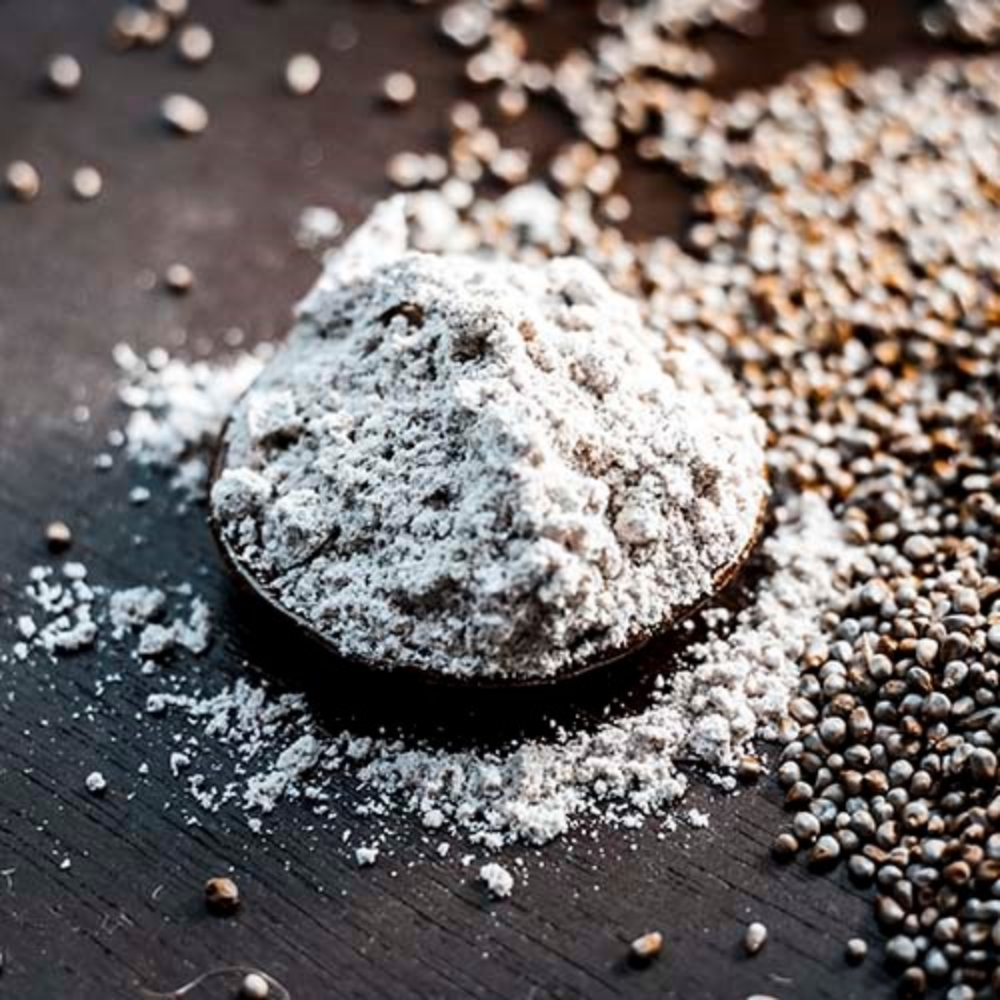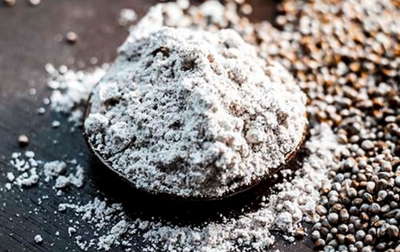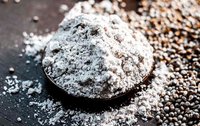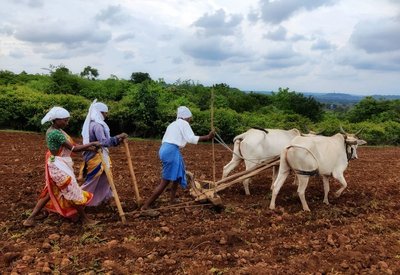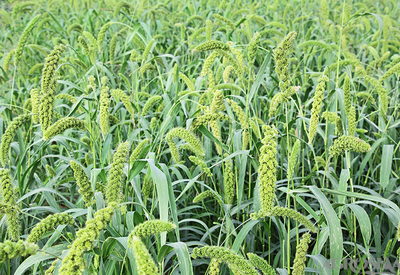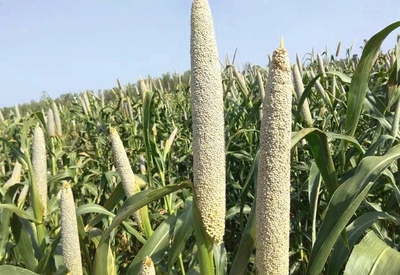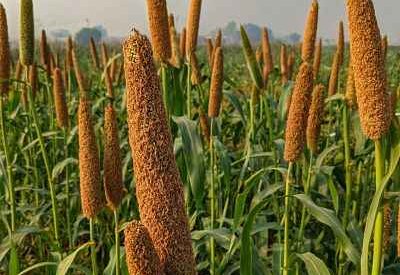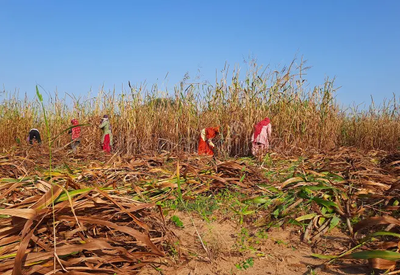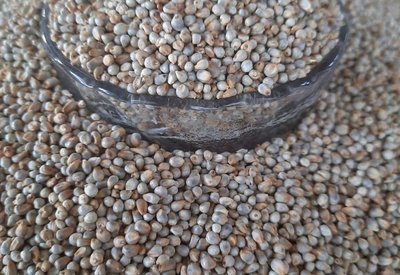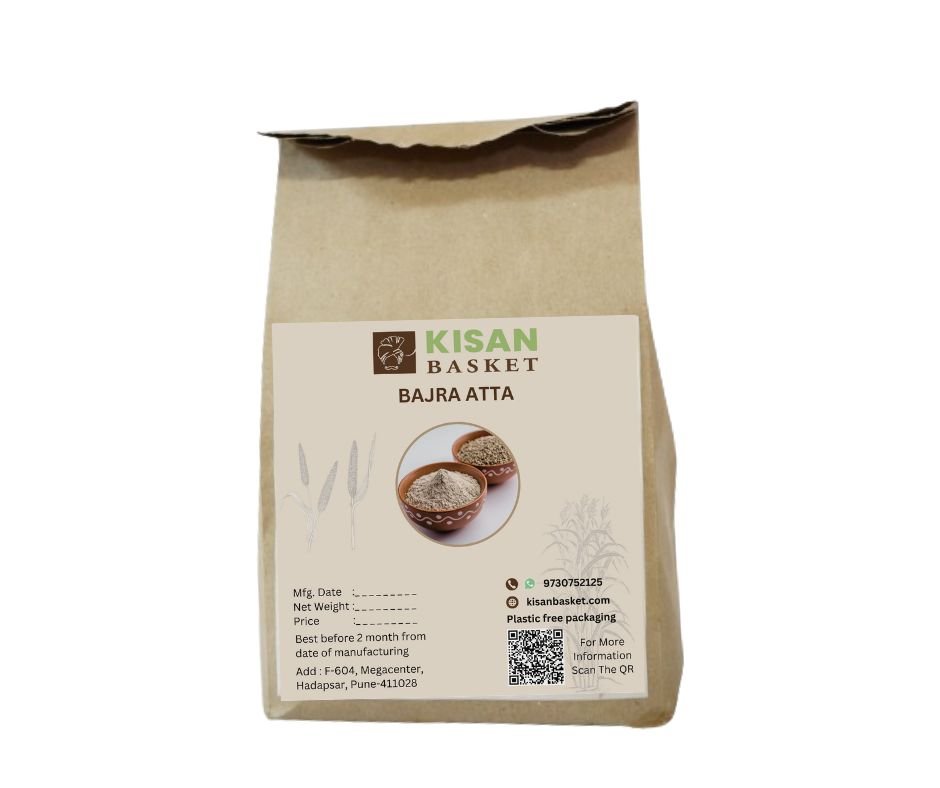Heading and Flowering Stage
The heading and flowering stage of bajra is a critical period in the crop's life cycle, marking the transition from vegetative growth to seed development. This stage typically occurs around 50-60 days after planting, depending on the variety and growing conditions.
The main stem and tillers elongate, forming the panicles (flowering heads). Panicles emerge from the flag leaf sheath, initially enclosed in a protective sheath. The panicle initially appears green, gradually turning yellow as it matures.
Starts within a few days of heading and lasts for about 10-15 days. Tiny, bisexual flowers bloom on the panicle, each with stamens and pistils. Flowers open in a specific order, starting from the bottom of the panicle and progressing upwards.
